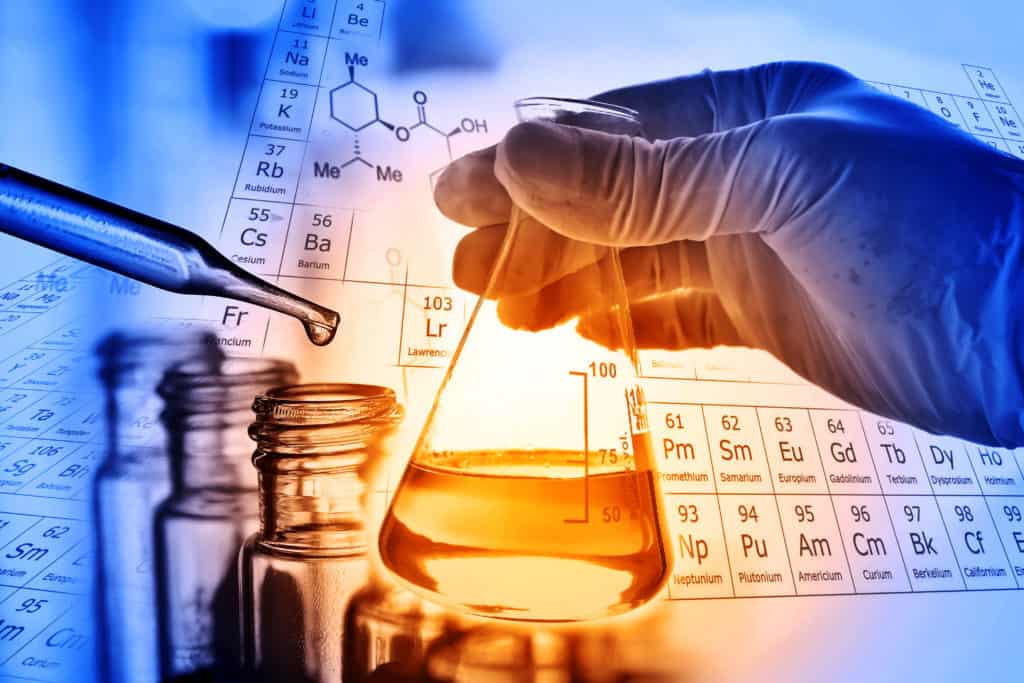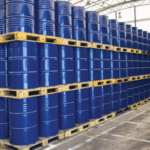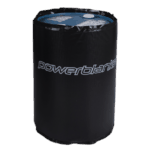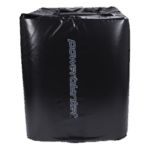Heating chemicals can provide a great challenge. Because each chemical varies in temperature sensitivity, it is very important to understand how to properly handle each and every chemical mixture you use.
How To Heat Chemicals Safely
1. Educate Yourself
Firstly, start off by educating yourself and read through your chemicals’ Material Safety Data Sheet (MSDS). A MSDS is a highly detailed document that contains information on the safety hazards associated with particular chemicals. Here you can find information on different flash points, boiling points, and how to safely store and handle chemicals. It will also list overexposure symptoms, and prepare you for potential chemistry emergencies.
2. Pick the Correct Heating Method
Some heating methods are safe to use on certain chemicals, and potentially dangerous to use on others. By using the information in the MSDS, you can also know which heating method and temperature ranges are best for your application. Possible heating methods include:
- Steam Bath
- Bunsen Burner
- Hot Water Bath
- Sand Bath
- Oil Bath
- Hot Plate
- Heating Mantle
- Heating Blankets
3. Know Your Container
Some containers are not equipped to handle process heating. When you are heating small batches, ensure that each piece of chemistry lab equipment you use is safe to heat. Again, when heating small chemical batches, always make sure the container’s opening (test tube, beaker, etc.) is pointed away from your face.
Most glass, plastic, or metal containers are marked with information to warn users of the dangers of using certain heat sources. When heating large containers (buckets, drums, or totes) of chemicals, ensure you are complying with the heating guidelines of the container as well as the materials inside.
4. Gear Up
Next, be sure to equip yourself with the appropriate safety gear. Protect your eyes, hands, respiratory system, and clothing with the equipment recommended for the particular chemicals you will be handling.
5. Prep The Area
Clear the area of other potential hazards and combustibles. Ensure your work-space is free of items that can create trip hazards as well. Additionally, for electric heat sources, use an electrical outlet equipped to handle the power demands of the heating method you are using. You must also follow ventilation guidelines for the chemical you are working with to keep your airspace safe.
6. Heat Gradually and Uniformly
Introducing any chemical substance to sudden temperature changes is extremely dangerous. When heating chemicals in small or large batches, you should introduce heat gradually and evenly to your desired temperature. Be aware of your temperature ranges to avoid overheating, which can be dangerous as well as destructive and wasteful.
Powerblanket Chemical Heating Solutions
Here at Powerblanket, we specialize in total chemical temperature control. We offer many efficient chemical heating solutions that provide you with safe, gradual, and even temperature control.
Bucket and Drum Heaters
Not all bucket and drum heaters are created equal. For instance, conventional band heaters for storage buckets and drums create unsafe hot-spots. Powerblanket’s bucket and drum heaters distribute heat evenly and consistently over the entire surface. Our heating blankets maintain optimal viscosity and flow, while avoiding dangerous and costly burning or scorching.
Tote Heaters
For even larger chemical storage containers like poly or steel IBC totes, Powerblanket has exactly what you need. Because our tote heaters are specially sized to fit perfectly, you can maximize surface contact over the entire tote.
Hot Box Heaters
Heating multiple containers of varying sizes and shapes is no problem for Powerblanket. Our Hot Box Heaters safely and evenly heat everything stored within. They are very easy to assemble, operate, disassemble, and store for future use.
Smart Controllers
Take even greater control of your chemical heating with Powerblanket’s temperature controllers. Our Beacon smart controllers give you the power to automate, remotely control, and monitor your valuable chemicals and equipment. In addition, Beacon can help you monitor and control your heating schedules, temperature ranges, and even set alerts and notifications. Eliminate the guesswork and risk of heating chemicals by using a Beacon Smart Controller to keep systems operating safely and efficiently.
Hazardous Certifications
Powerblanket also offers customized chemical heating solutions for hazardous locations. Where flammable chemicals are present, open flame and spark producing equipment should not be used. We provide C1D2 certified heating blankets that meet the National Electric Safety Code specifications. Rest assured that with Powerblanket, you are using the safest chemical heating solutions possible.
Contact us today to find the perfect chemical heating solutions for your needs at 866.945.4203 or [email protected].
Curious to see how Powerblanket can meet the unique needs of your industry?






